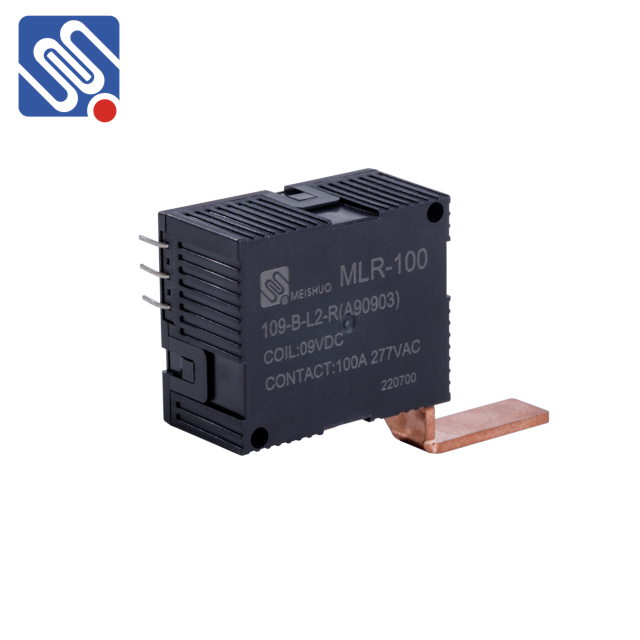understanding relay parameters: essential factors for optimal performance
Release time:2025-08-22 01:04:34
Relays are essential components in electrical and electronic systems, widely used in automation, control circuits, and safety applications. Their primary function is to switch electrical circuits on or off based on the input signal, typically from a low-power control circuit. Understanding the key relay parameters is crucial for selecting the right relay for specific applications, ensuring both reliability and longevity. In this article, we will explore the essential relay parameters that define their performance.

1. Rated Voltage
The rated voltage refers to the voltage at which a relay is designed to operate optimally. It can be either direct current (DC) or alternating current (AC), and it is critical to match the rated voltage of the relay with the voltage of the control circuit. Using a relay with an incorrect rated voltage can lead to malfunction, overheating, or even failure of the relay. The rated voltage can also be specified for the coil and the contacts, which may be different depending on the design.
2. Contact Configuration
Relays come with different contact configurations, and understanding these is essential for proper usage. The most common configurations are:

